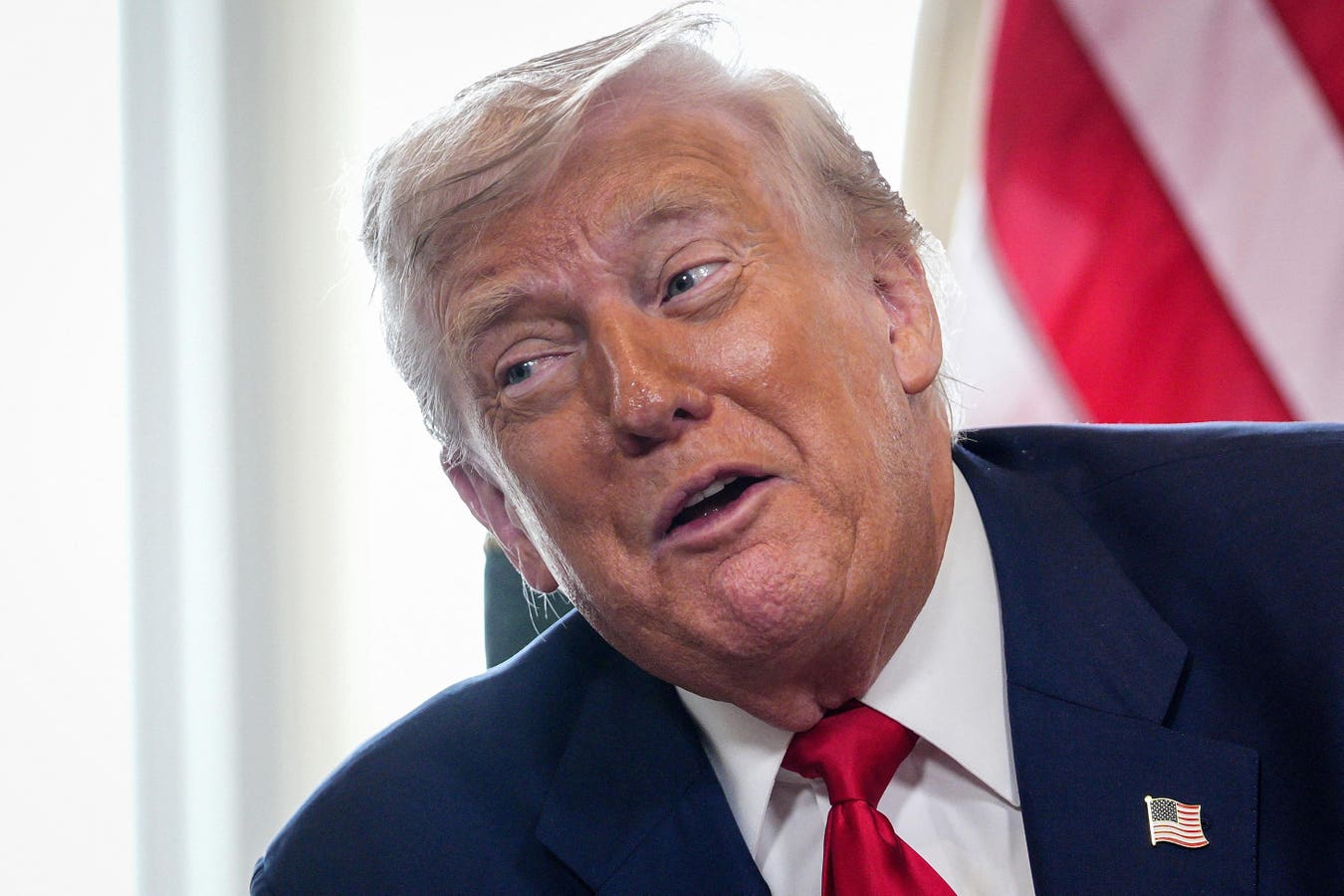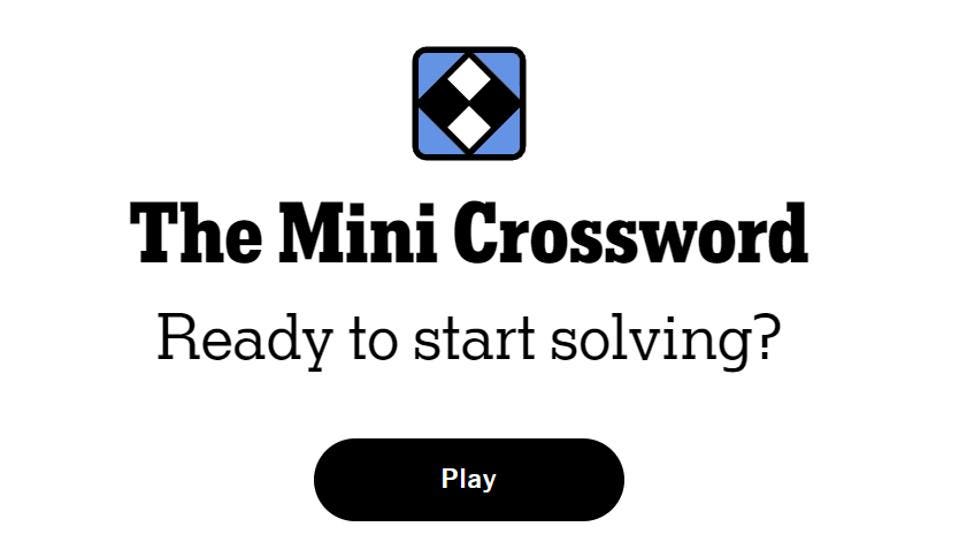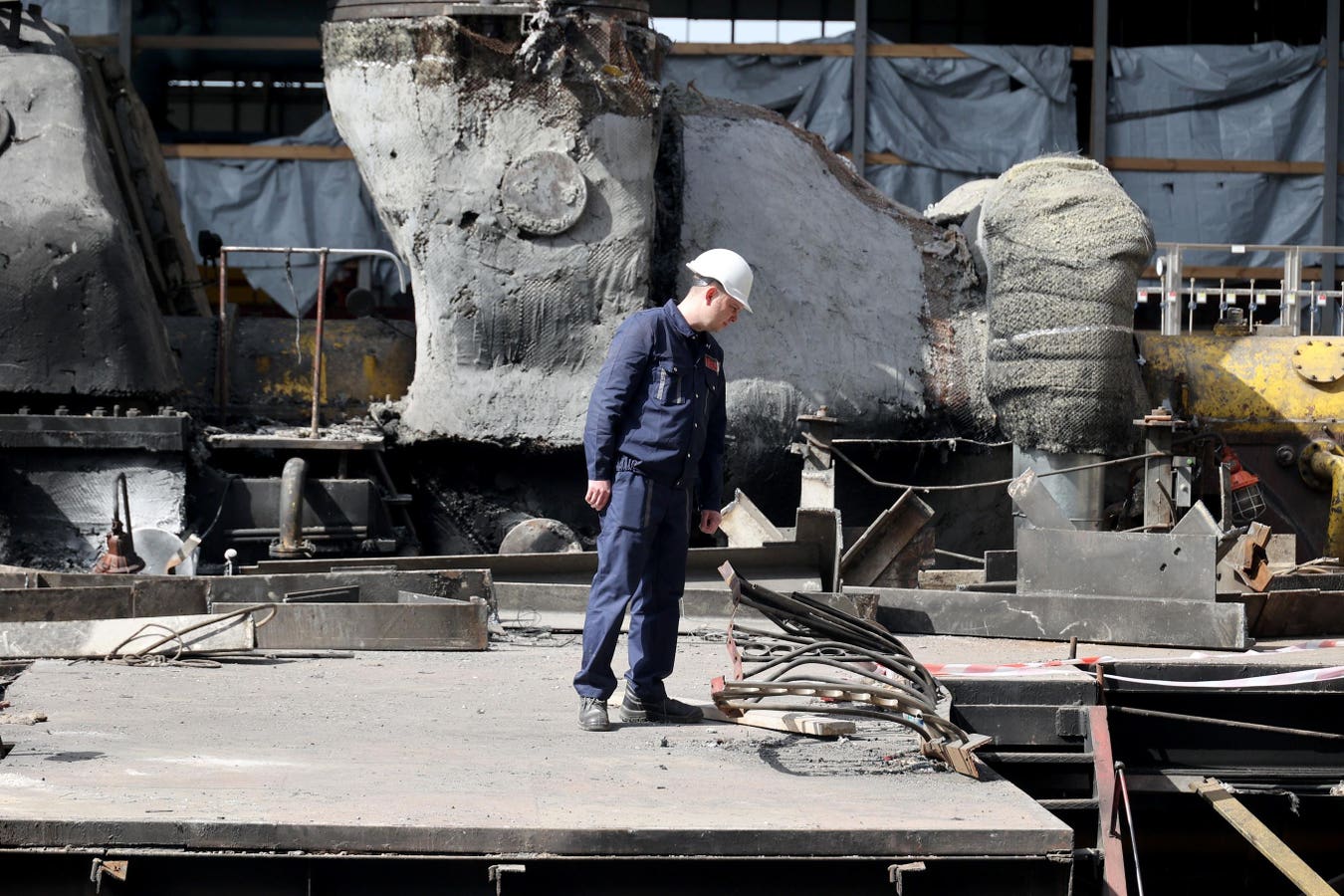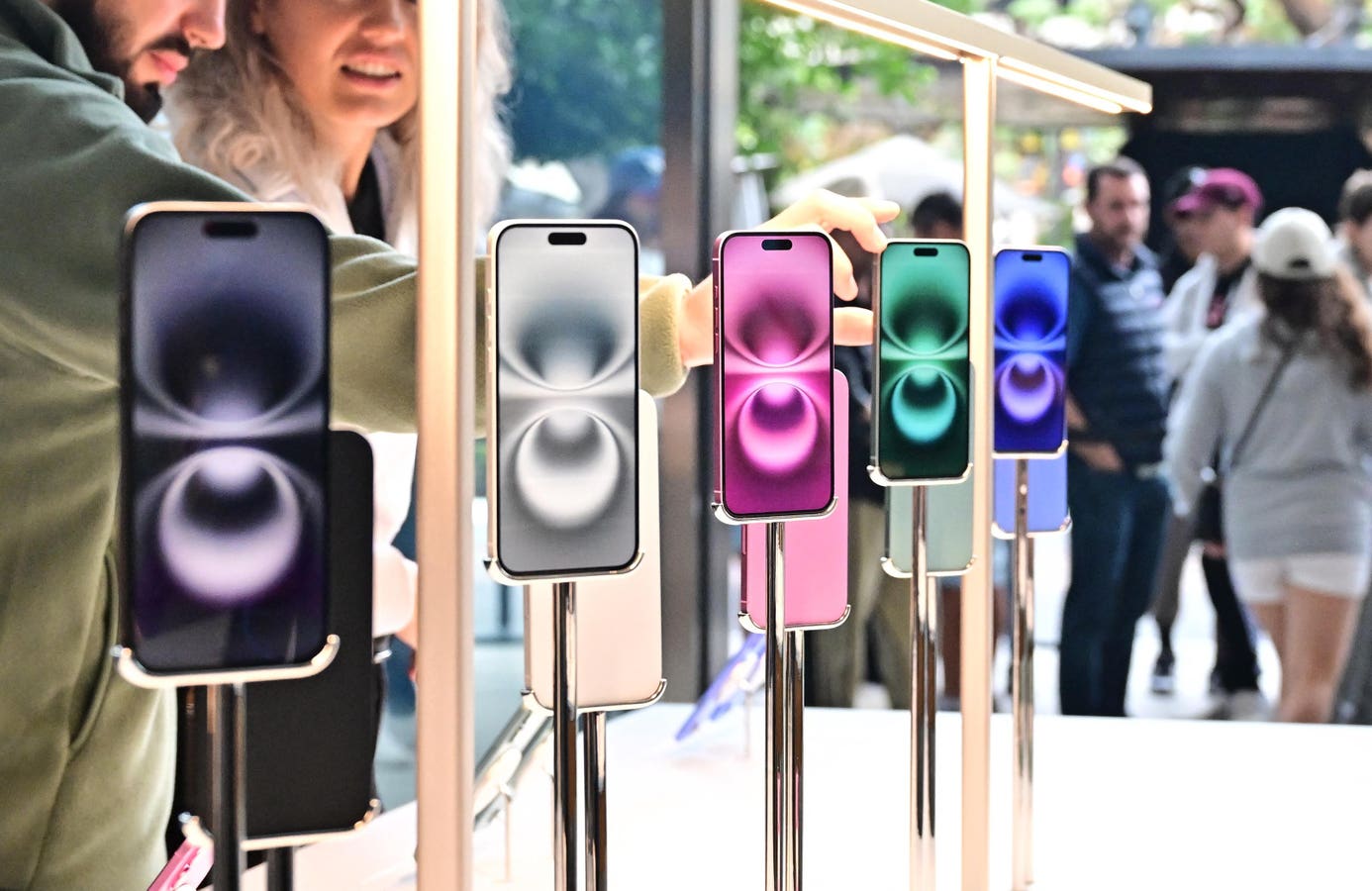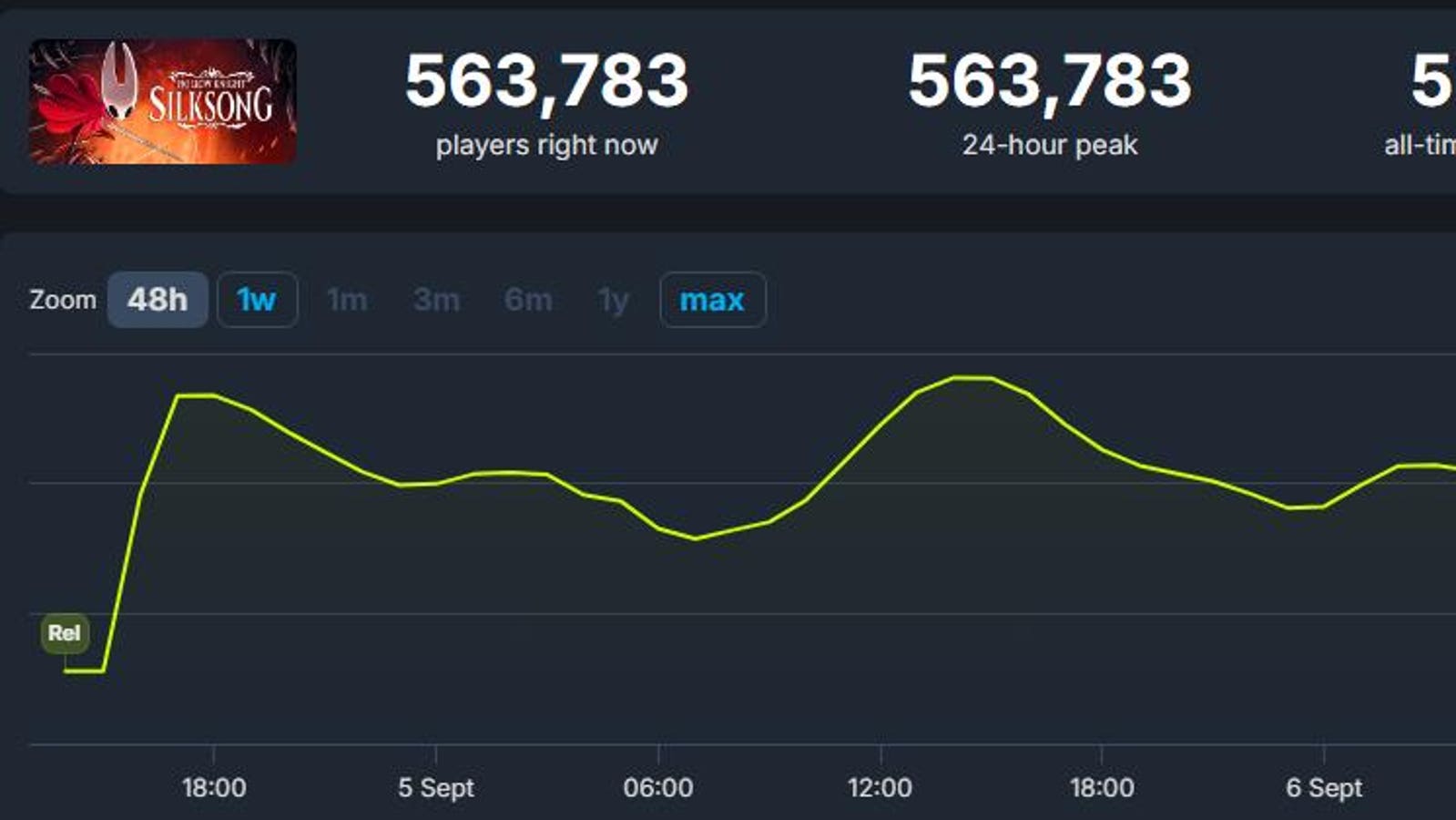U.S. President Donald Trump said, “We’re gonna get the drug prices down. Not 30 or 40 percent, which would be great, not 50 or 60, no. We’re gonna get ’em down 1,000 percent, 600 percent, 500 percent, 1,500 percent.”(Photo by CHRISTOPHER FURLONG/POOL/AFP via Getty Images)
POOL/AFP via Getty Images
U.S. President Donald Trump is now promising to get pharmaceutical companies to significantly reduce the drug prices that they are charging Americans. On Thursday, the White House announced that Trump had just sent letters to the heads of 17 major pharmaceutical companies pushing them to cut the prices that Americans have to pay down to the levels that people in other countries pay. It’s not clear yet by what amount—if any—this will eventually get pharmaceutical companies to reduce prescription medication prices for those in the U.S. But chances are any price reductions that end up occurring won’t be anywhere near the 1500% that Trump has promised.
Trump Spoke Of 600%, 1000% And 1500% Reductions in Drug Prices
Yep, 1500% is the percentage that Trump mentioned in a July reception with members of Congress. “This is something that nobody else can do,” Trump emphasized then. “We’re gonna get the drug prices down. Not 30 or 40 percent, which would be great, not 50 or 60, no. We’re gonna get ’em down 1,000 percent, 600 percent, 500 percent, 1,500 percent.” Here’s a video of this posted on what used to be Twitter:
Getting the prices of medications—or of anything that’s sold by companies for that matter—down by more than 100% is certainly something that no one else has done. It’s probably something you have never even dreamed of before, since for-profit companies are usually trying to make, you know, a profit. So, it’s kind of true what Trump then subsequently said, “We will have reduced drug prices by 1,000 percent, by 1,100, 1,200, 1,300, 1,400, 700, 600; not 30 or 40 or 50 percent but numbers the likes of which you’ve never even dreamed of before.” A video of this was also posted on X:
Let’s do the math. Say a bottle of a medication currently costs $100. A 25% price reduction would bring this cost down to $75. A 100% price reduction would make the medication completely free. Any reduction greater than 100% would presumably mean that the manufacturer would have to pay you. Thus, a 200% price reduction would result in a $100 payday per bottle for you. Holy, new way to earn money, Batman! If Trump can get you a 1500% reduction, hallelujah, time to replace filming YouTube videos with “buying” medications as the way to make money.
Now, the chances that the Trump administration will achieve a 1500% reduction in drug prices are probably a whole lot less than 100%. Getting pharmaceutical companies who have been enjooying very healthy profits for years to pay customers to take their drugs would be quite a trick. Plus, the pharmaceutical companies would have to change their advertisements so that instead of telling you that you may have a condition that you don’t realize you have, the ads might say something like “You’re fine and don’t have anything that pharmaceutical interventions can’t fix. Please don’t use our medications. We can’t afford you to do so.”
Trump Sent Letters To 17 Pharmaceutical Companies Outlining Steps To Reduce Drug Prices
White House Press Secretary Karoline Leavitt displays a letter addressed to US pharmaceutical company Eli Lilly from President Donald Trump during the daily briefing in the Brady Briefing Room of the White House in Washington, DC, on July 31, 2025. (Photo by JIM WATSON/AFP via Getty Images)
AFP via Getty Images
That 1500% number may not have been in the letters that Trump sent on Thursday to pharmaceutical manufacturers. Assuming that the letters had the right postage, they went to the leaders of AbbVie, Amgen, AstraZeneca, Boehringer Ingelheim, Bristol Myers Squibb, Eli Lilly, EMD Serono, Genentech, Gilead, GSK, Johnson & Johnson, Merck, Novartis, Novo Nordisk, Pfizer, Regeneron and Sanofi. According to the White House, the letters listed steps to reduce the prices of prescription drugs in the U.S. “to match the lowest price offered in other developed nations (known as the most-favored-nation, or MFN, price)” The steps are as follows:
- “Calling on manufacturers to provide MFN prices to every single Medicaid patient.
- Requiring manufacturers to stipulate that they will not offer other developed nations better prices for new drugs than prices offered in the United States.
- Providing manufacturers with an avenue to cut out middlemen and sell medicines directly to patients, provided they do so at a price no higher than the best price available in developed nations.
- Using trade policy to support manufacturers in raising prices internationally provided that increased revenues abroad are reinvested directly into lowering prices for American patients and taxpayers.”
The letters asserted that there’s been “global freeloading on American pharmaceutical innovation” and did warn that if the outlined steps were’t taken by the pharmaceutical companies the federal government “will deploy every tool in our arsenal to protect American families from continued abusive drug pricing practices.”
Trump Signed An Executive Order Regarding Drug Prices In May
Pharmaceutical companies can now be 1500% sure that the Trump administration has them in its political line-of-sight. Back on May 12, Trump signed an Executive Order that asserted the following: “The United States has less than five percent of the world’s population and yet funds around three quarters of global pharmaceutical profits. This egregious imbalance is orchestrated through a purposeful scheme in which drug manufacturers deeply discount their products to access foreign markets, and subsidize that decrease through enormously high prices in the United States.”
That Executive Order indicated that the U.S. Secretary of Health and Human Services, which is currently Robert F. Kennedy, Jr., “shall facilitate direct-to-consumer purchasing programs for pharmaceutical manufacturers that sell their products to American patients at the most-favored-nation price.”
Americans Do Pay Higher Drug Prices Than Those In Other Countries
It is true that drug prices are typically significantly higher in the U.S. than in other countries. For example, a June 2024 publication in the RAND Health Quarterly described how drug prices in the U.S. were on average nearly three times higher than those in 33 other high-income countries. Over the past two decades, yearly rises in drug prices have easily outpaced inflation. A 2024 KFF poll showed that the majority of Americans are worried about prescription medication costs being too high.
Such worries shouldn’t be that surprising. Many prescription medications are not like mullets or fruitcakes. Taking them is often not a choice. Your well-being and even your life could literally depend on being able to afford the medication. And many pharmaceutical companies have shown no qualms about raising the price of medications as soon as they can. For example, even after receiving substantial funding from the U.S. government, Pfizer and Moderna quickly raised the prices of their COVID-19 vaccines as soon as the government wouldn’t completely pay for them, as I described in Forbes in 2023.
It is also true that talk about drug prices being too high in the U.S. is not new. Yet, none of the Presidential Administrations over the past two decades have done much to significantly alter these trends. I’ve written about state-wide efforts to reduce drug prices, such as Propostion 61 in California. But there’s been a lack of more comprehensive efforts at the federal level to do so.
The challenge is that a number of trends in the current U.S. system are contributing to higher drug prices. For example, mergers and acquisitions over the years have led to fewer, larger and more dominant pharmaceutical companies with less competition. Existing cost structures and requirements make it more difficult for new pharmaceutical companies to emerge and provide more competition. Cuts in funding and support for scientific research has made it harder and harder to develop new products. Fewer new products leave patients with fewer alternatives and existing products with less competition. Consumers and different purchasers have lacked negotiating power in general.
At the same time, it seems like more and more people have been getting pieces of the drug price pie. This has included various middle people such as pharmacy benefits managers and different administrators. The marketing budgets of pharmaceutical companies have continued to grow as well. On top of that, investors have expected pharmaceutical companies to have ever increasing profitability.
All of this means that a single simple intervention probably has a small percentage chance of reducing drug prices in a sustainable manner. Instead, a system approach may be needed, meaning multiple interventions at different points in the system that work together in a coordinated manner. Otherwise, there may be unintended consequences.
A sustainable reduction in drug prices means one in which the math works out for all patients. You don’t want a situation where the prices of some drugs are reduced while those of others are raised. You also don’t want a situation where the costs end up being hidden.

